Canadian Pacific Railway Alco S2 7019
At the gateway to Calgary’s Heritage Park are two locomotives. One is from the celebrated Selkirk class, a mountain conquering steam and smoke belching monster. At the time, her and her sisters were the biggest such engines on the CPR system and this example was one of the last steam locomotives made for that company. The other locomotive, and the subject of this report, is CPR Alco S2 switcher 7019, a workaday diesel engine that often toiled in obscurity, roaming yards and industrial tracks. It represents one the CPR’s earliest such purchases of this type and at the time it was built, was looked upon as somewhat experimental.
The success of this locomotive and her sisters would open up the floodgates for further diesel orders, with steam being eliminated from the CPR system by 1960.
The locomotive seen here is an Alco (American Locomotive Company Schenectady NY) model S2, a rugged and basic switcher. This design was offered from 1940 to 1950 with this example being built in September 1944. At this date the railways had a handful of diesels, so this makes it a very early example – the CPR’s earliest S2 models dated from 1943 with the out-shopping of 7010-7014 – 7019 was from the second order (7015-7024).
These early diesels were made of riveted steel, much like the steam engines they’d replace. Only in the 1950s would Alco switch to using modern welds. This engine is painted in an early version of the CPR’s Tuscan red and black scheme as used on steam engines. At late in the engine’s service life it was repainted in the CPR’s modern (post late 1960s) “Action Red” scheme with the “Pac-Man” logo – so named for its close appearance to the video game character. This engine, at the time it was built, was classed DES-3b.
Interestingly, these engines were more expensive to purchase than an equivalent steam locomotive, but their reliability and efficiency more than made up for that.
Like all Alco diesels, this model used GE electrical gear – traction motors and generators for example – all which were well regarded for their ruggedness and reliability. These two companies worked closely for a time before parting ways in the 1950s. GE, who also made locomotives, mostly small industrial ones, continued to supply electrical parts to Alco afterwards, but they ceased to otherwise cooperate together.
Later GE would expand their sales efforts, entering the larger road locomotive market that was Alco’s bread and butter and would eventfully drive the former out of business in 1969. Today GE is the dominate locomotive supplier for US and Canadian railways (and those elsewhere in the world).
Interestingly, Alco had a Canadian subsidiary, the Montreal Locomotive Works (MLW) who did not start diesel production until 1948. In 1944 the technology was still too new and the orders here in Canada small, so in the interim they continued to build steam engines for Canadian and foreign railways, content to let the parent company supply those few diesel orders that came in. MLW would give up building steam by the late 1940s when it was clear that diesels would supplant steam. MLW outlasted it’s parent company constructing locomotives until the mid 1980s. During WW2, they also built tanks and other war machines.
Give where they worked it’s quite hard to trace the lineage of this type of locomotive as they were often hidden away in yards and inaccessible industrial areas. With that in mind, I have been unable to find where this engine was stationed when it was new. One can assume however that it was at one of that company’s major terminals (see October update below). That way they could keep a close eye on it, but also they did this so it was near a shop should it fail in service. At that time, the technology was not totally proven and it was wise to not let diesels stray too far from a place where it could be repaired. As it turned out, they were a lot more reliable than anticipated, far above that of an equivalent stream locomotive in fact. They quickly proved themselves to be not only reliable, but economical to service and operate too.
Like most locomotives it’s likely this engine travelled from assignment to assignment all over the CPR system (see October update below). While I can not find when it was retired and placed at Heritage Park, the always frugal CPR kept such engines in service for thirty or forty years, some S2s lasting into the 1980s before being retired.
Tagging along with this engine is CPR caboose 437358. Known as a van, this example was built in 1949 at the company’s huge Angus Shop complex in Montreal. Also destined to work in obscurity, this caboose could likely be seen trailing behind local and long distance freights across the system. It’s not clear when it was retired and placed here.
This example is made of riveted steel while most earlier ones were wood sheathed. While one can still find the occasional caboose in railway service – they use them for special back up moves for example – most were scrapped in the 1980s. I remember as a kid always getting a friendly wave from the caboose as the train passed.
Update: July 2013. I just read the three book series, “The Railways of Calgary” by authors Donald Bain, Ray Matthews and Kevin Franchuk and found some information about the lineage of the locomotive seen here. When new it was originally assigned to the Calgary area, a position it held for a decade or so. Later it was transferred east to (unnamed) terminals in Saskatchewan and Manitoba, where it worked until the early 1980s. A photo dated 1984 shows it in the deadline in Winnipeg. Shorty after it was restored to its current appearance and stuff and mounted at the entrance to Heritage Park.
Update: October 2013. Reader Jim Lanigan, who had a big hand in the preservation of this locomotive, send us some information on where the unit operated. It was assigned to Calgary from October 1944-October 1955, and Regina (sometimes Moose Jaw in later years) from October 1955 until it was retired in October 1984. It did not travel the system as I surmised – although it was not unusual for a locomotive to do so.
He added this interesting tidbit…
“The Alco S-2s were initially acquired on an “experimental” basis to verify the diesel-electric’s performance relative to steam locomotives in yard switching service for, in the minds of most early-1940s CPR motive power officials, diesel locomotives were unlikely to challenge steam power in passenger and freight train services.” (conservative thinking).
Selkirk locomotive 5931 also sits at the entrance to Heritage Park and to see this engine, built by MLW in 1949 and one of the last steam engines the CPR purchased, click the link below…
CPR Selkirk locomotive 5931.
To see some mine dinky locomotives at the park, go here…
Coal mine locomotives
If you wish more information on this locomotive, by all means contact us!
Date: April, 2013.
Location: Calgary, AB.
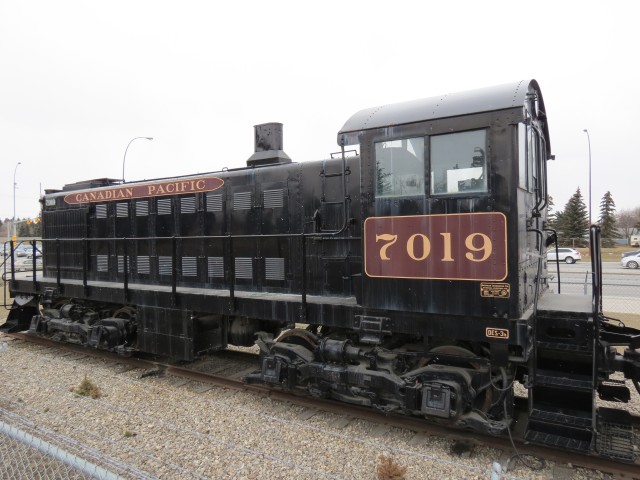
This was one of the CPR’s earliest diesels.
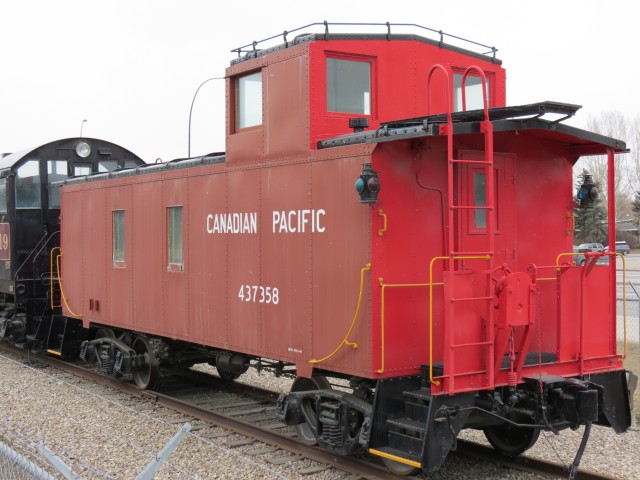
Tagging along is CPR Caboose 437358.
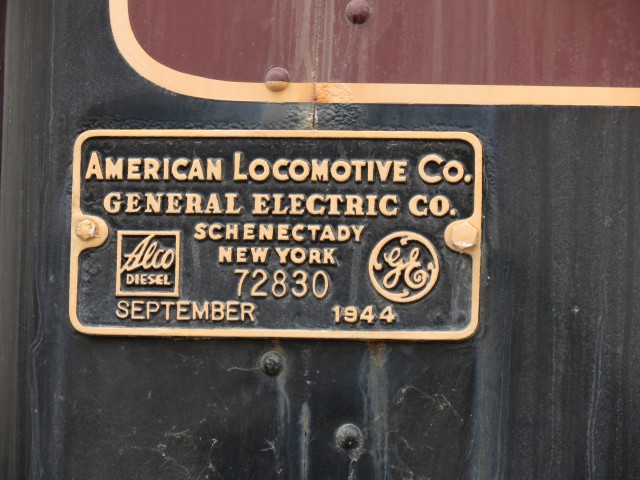
Built by the American Locomotive Company in Schenectady NY.
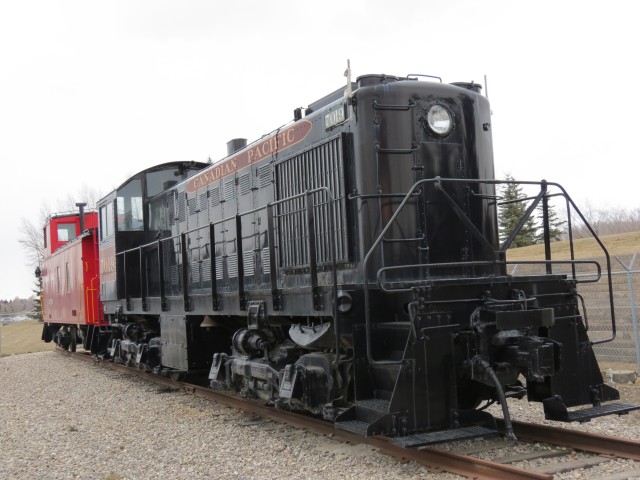
CPR Alco S2 7019 from 1944.
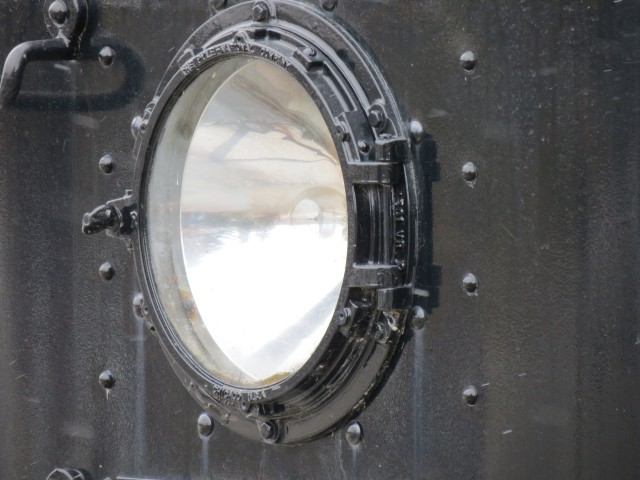
Lighting the way.

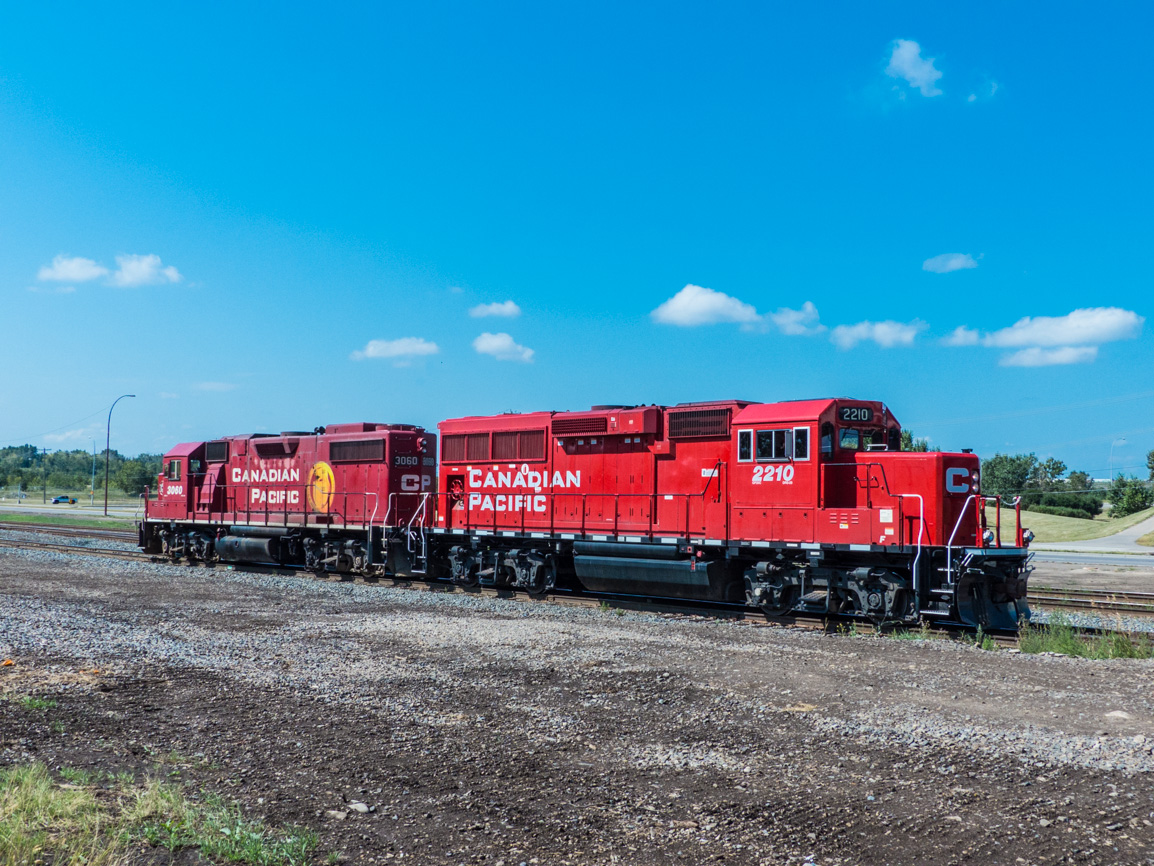
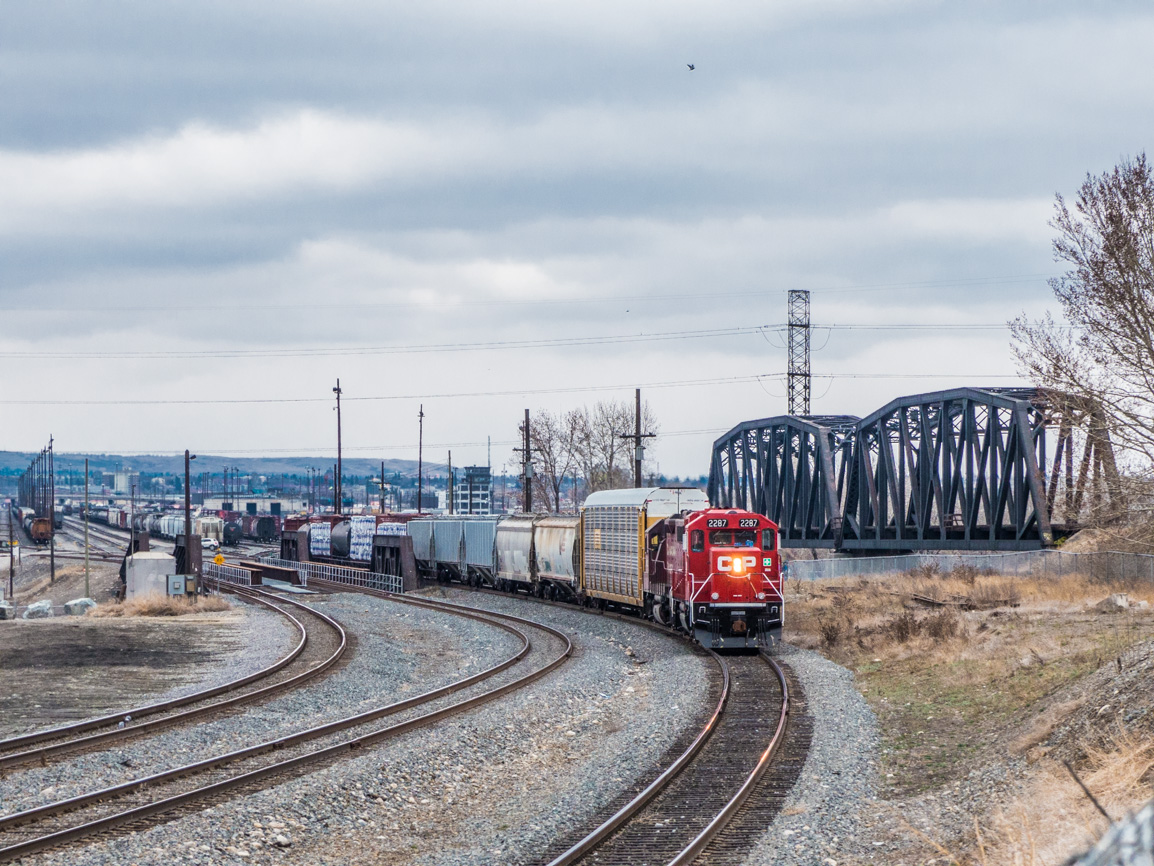

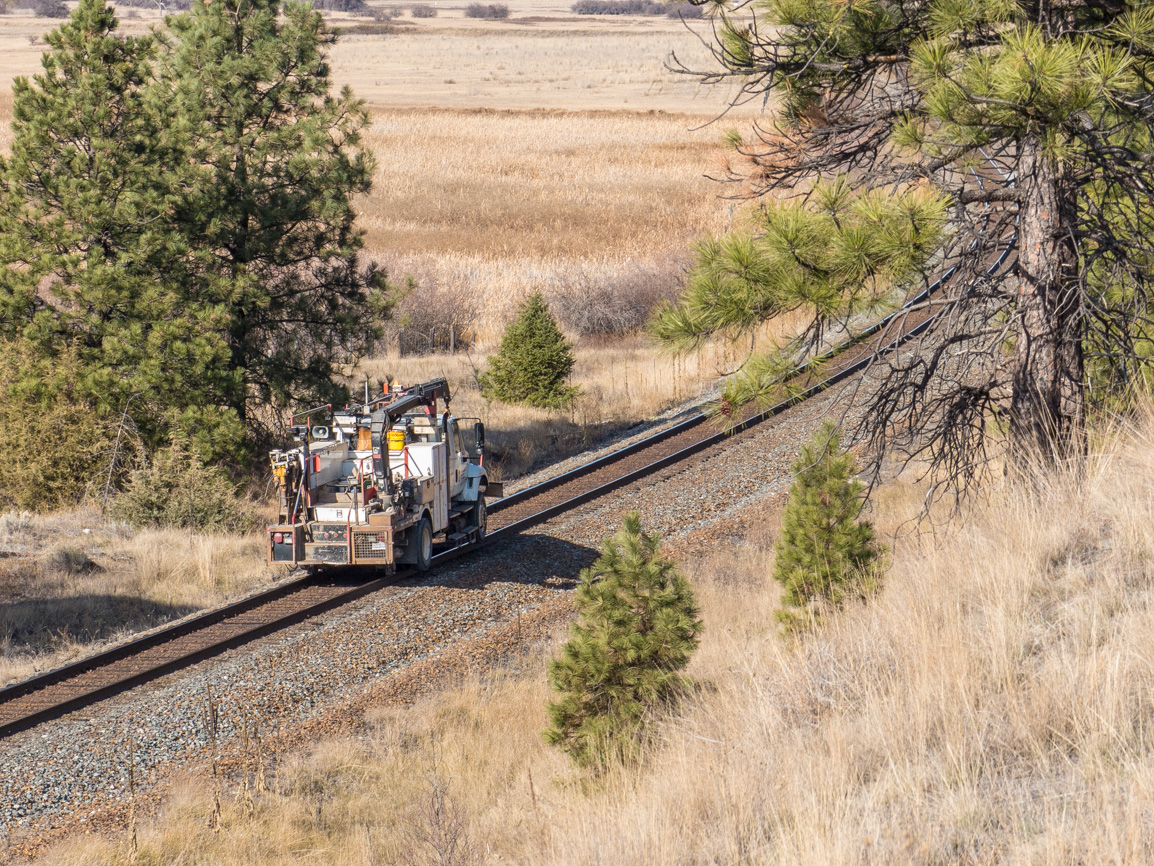
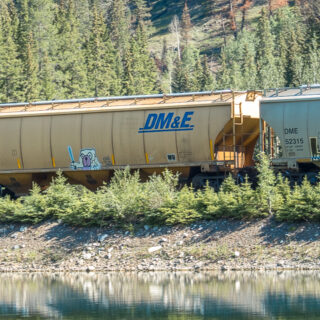
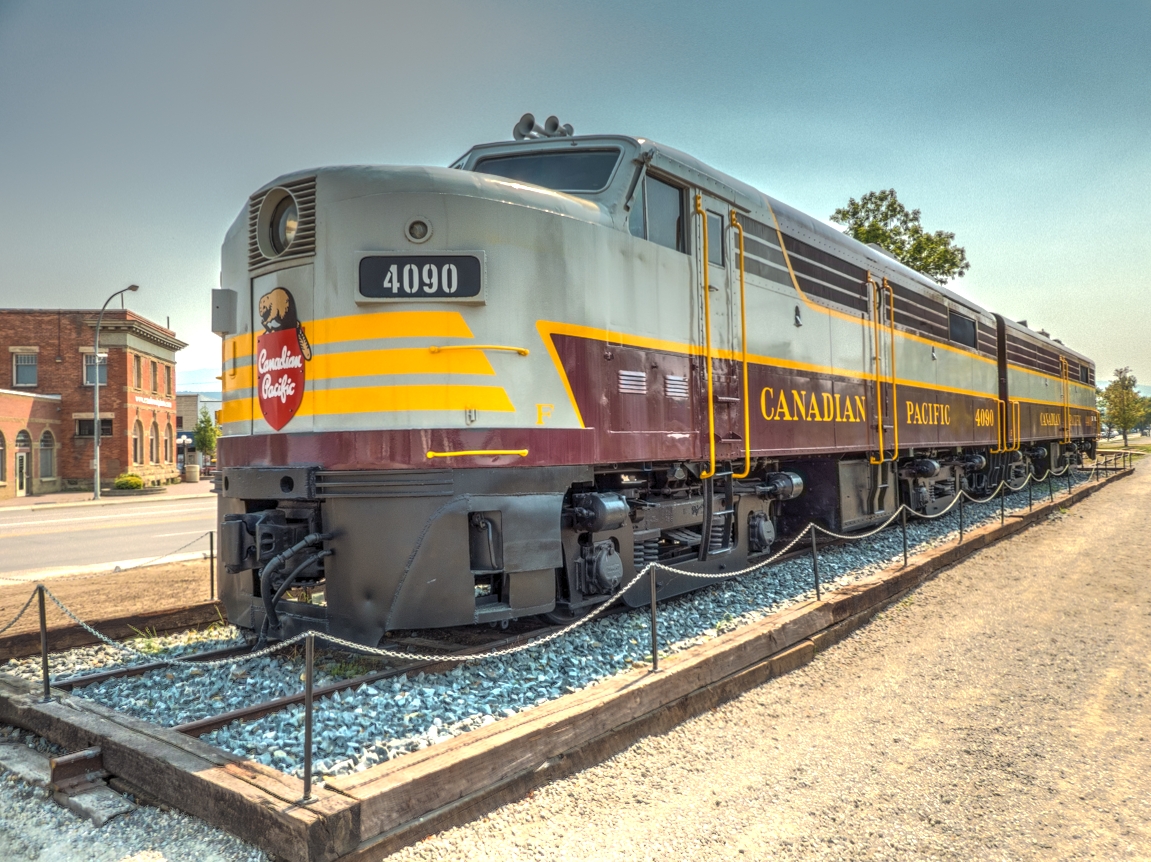
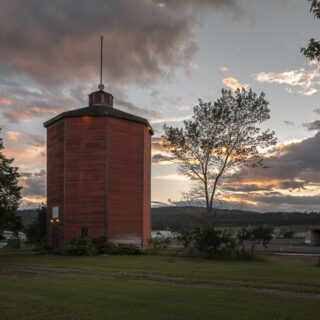
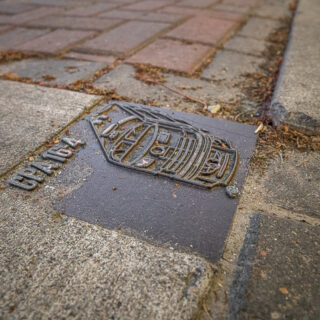
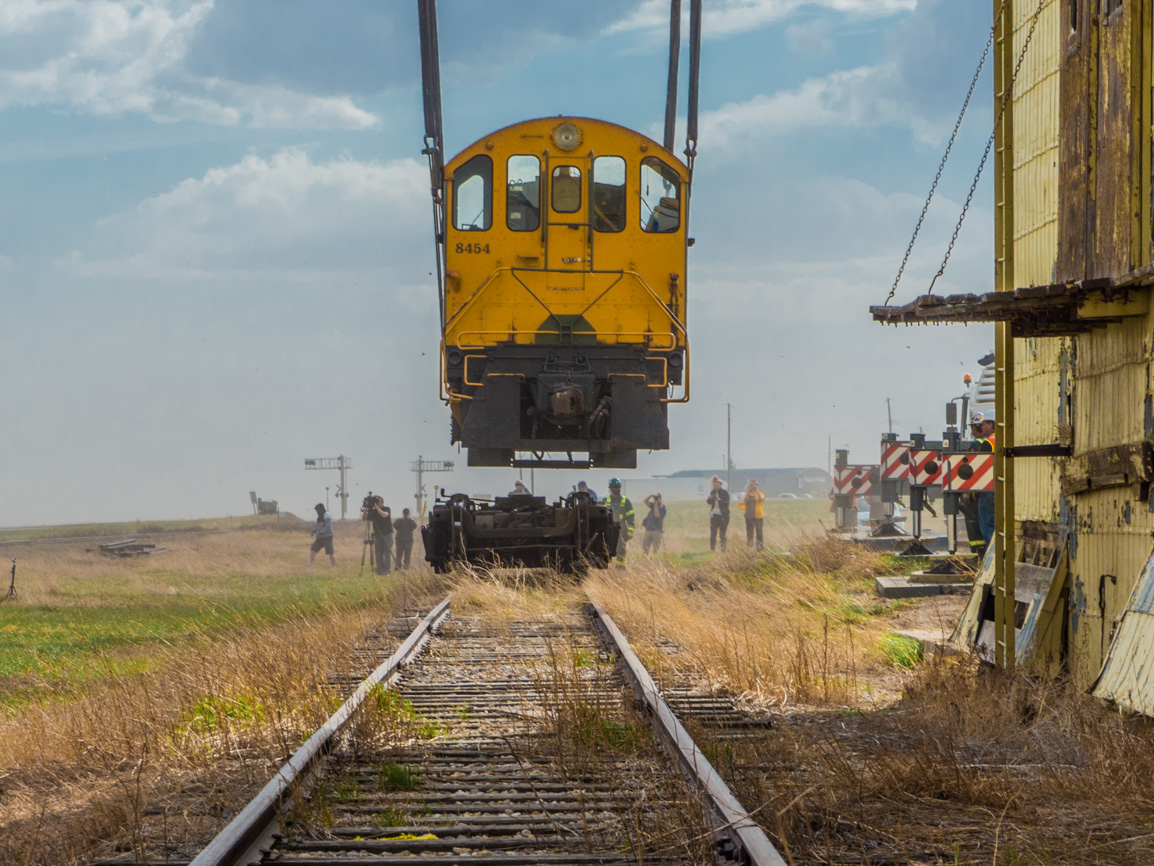
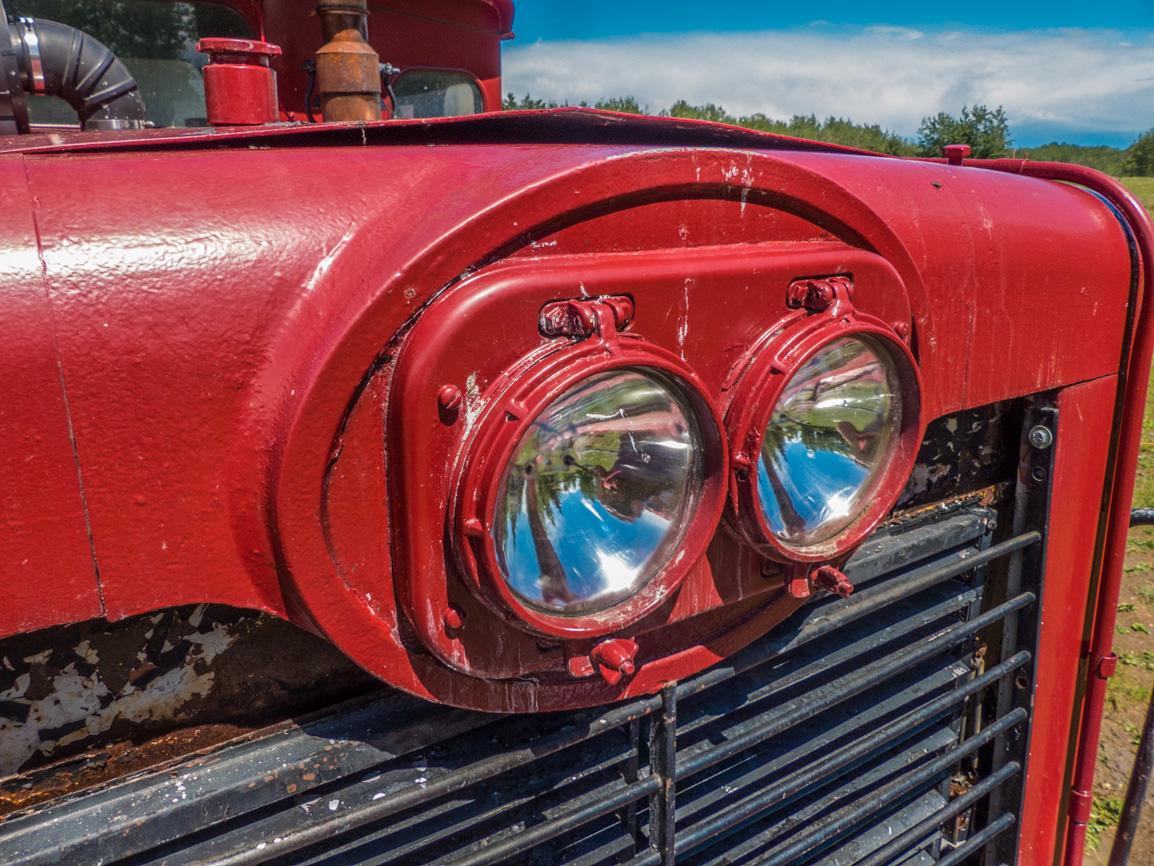
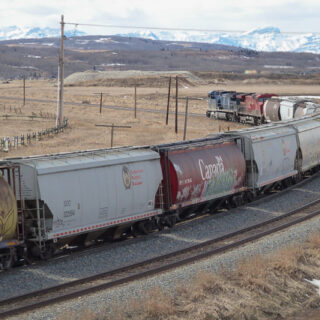
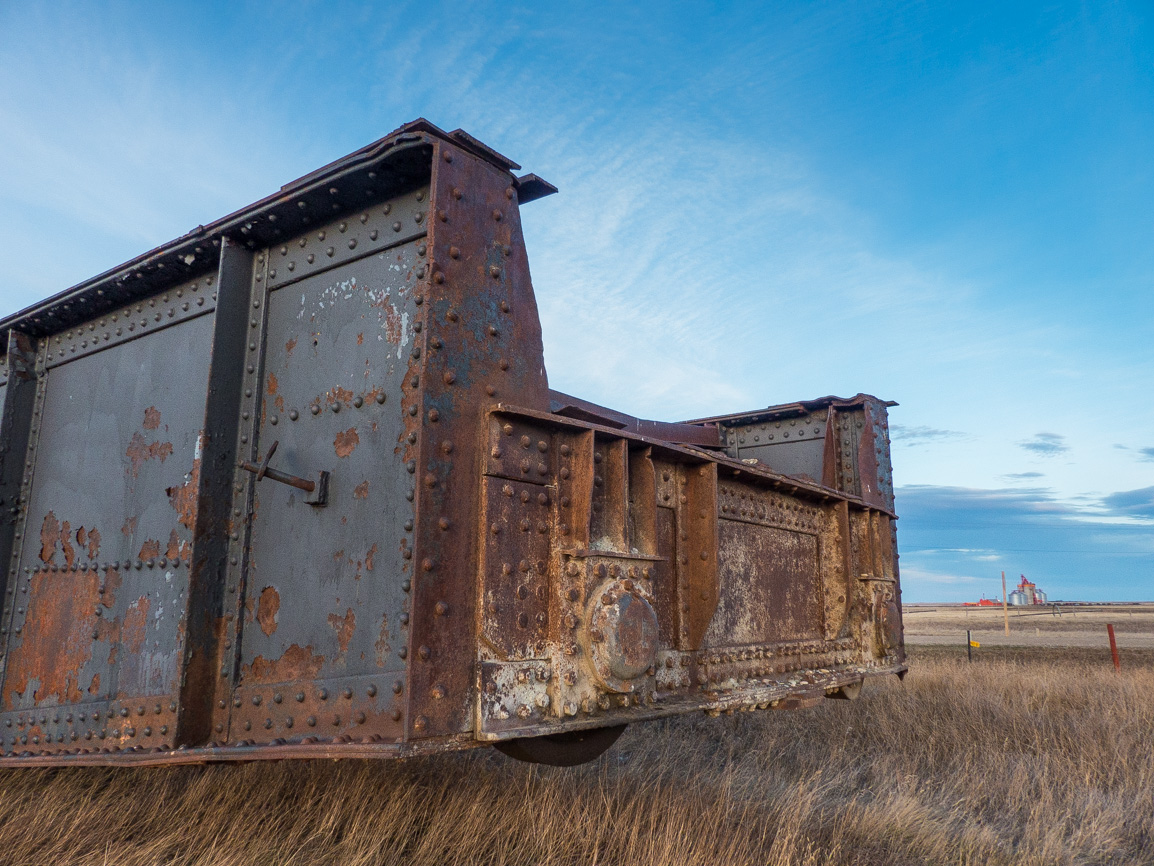
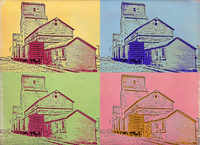





I just picked up a vintage Atlas model of this locomotive with a custom paint job wearing the Canadian Pacific Heritage paint scheme with script lettering.
Oh wow, that sounds awesome. Would love to see a photo too.
Here ya go! Didn’t notice there was an option to upload an image.
That it’s the same locomotive sure is special. Thanks, it’s a nice one.
It is an interesting piece. I didn’t even know it was custom until I got it home, just liked the look of it when I saw it and didn’t pay much attention to its numbering. Bought it along with CP 1800 E-unit and CP 8596 all in heritage paint. The 7019 model is unique because this loco never wore heritage but earlier and later yard numbers of the S-2 did, it was part of a group of locos that were delivered in black paint. I also have not found an example of the 7019 being produced as a commercial model in HO scale.
Some interesting locomotives you picked up!
This locomotive did indeed wear CP Action Red with the multimark. Check out the website mountainrailway.com; it’s got a full roster of all CP diesel locomotives.
Yes, I see that. You have to admit, it sure does look good in the old paint scheme though. Thanks for commenting!